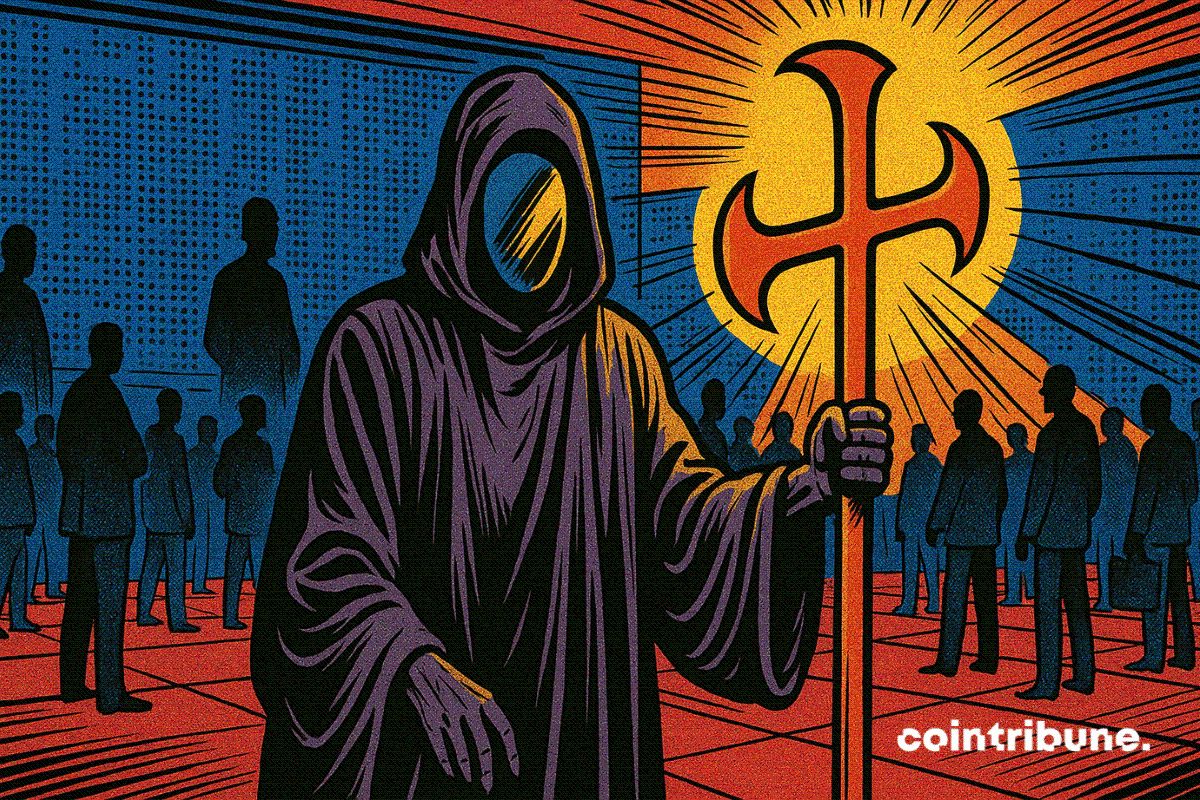LUNA Rises 1.15% Over the Past 24 Hours as Technical Signals Remain Unstable
- LUNA rose 1.15% in 24 hours but fell 15.42% in a month, remaining in a descending channel. - Technical indicators show bearish divergence, RSI below 70, and 200-day MA as key resistance. - A backtest reveals LUNA historically rebounds +23% over 30 days post-sharp declines, though with high variability. - Traders monitor $0.075 support; sustained moves above 200-day MA are unlikely due to weak market conditions.
On November 17, 2025, LUNA increased by 1.15% over the past day, reaching $0.0788. Over the previous week, LUNA fell by 7.49%, declined 15.42% in the last month, and was down 80.95% compared to a year ago.
Technical analysis indicates that LUNA has developed a bearish divergence on major momentum oscillators throughout the last month, implying that downward pressure persists even with the recent short-term price uptick. The relative strength index (RSI) remains under the 70 mark, which signals that upward momentum is limited. The 200-day moving average continues to serve as a significant resistance barrier, with prices unable to surpass it. Still, the recent 1.15% increase could simply be a brief interruption in the ongoing downward movement, as LUNA continues to trade within a well-defined descending channel.
LUNA’s 14-day average true range (ATR) has seen a slight increase in recent trading sessions, indicating heightened volatility and the likelihood of larger price swings in the short term. Market participants are monitoring crucial support points at $0.075 and $0.070; a drop below these levels could prompt additional selling. On the other hand, if LUNA manages to maintain a position above the 200-day moving average, it could suggest a short-term change in sentiment, though this outcome appears improbable given the broader market environment and LUNA’s historical trends.
Backtest Hypothesis
An event-driven backtest covering January 1, 2022, to November 17, 2025, provides insight into LUNA’s reactions after major price drops. During this timeframe, LUNA saw 58 occurrences where its price fell by at least 10% in a single day. In the week immediately following these events, price action was generally muted, with the median trajectory showing minimal recovery. However, over a 30-day period, the average cumulative return turned positive at +23%, with a 50% probability of gains.
This pattern indicates that, despite persistent short-term volatility, LUNA has historically shown a tendency to recover over the medium term after steep declines. Nevertheless, the low statistical significance across different periods highlights considerable unpredictability in post-drop performance, emphasizing the need for careful risk management and prudent position sizing when trading LUNA.
The backtest further highlights the importance of key technical thresholds. The 30-day review period used in the analysis is consistent with common practices for such studies, and the findings support the view that LUNA’s price movements are shaped by both investor sentiment and structural support and resistance levels. These results may help inform strategies aimed at taking advantage of rebounds after sharp sell-offs, but traders should remain cautious about drawing strong conclusions due to the data’s inherent variability.
Disclaimer: The content of this article solely reflects the author's opinion and does not represent the platform in any capacity. This article is not intended to serve as a reference for making investment decisions.
You may also like
Bitcoin Updates: Institutional Advancements and Clear Regulations Drive Crypto Toward Widespread Adoption
- Hyperscale Data buys 59.76 Bitcoin ($6M) amid volatility, reinforcing dollar-cost-averaging strategy and transparency. - SGX Derivatives launches Bitcoin/Ethereum perpetual futures (Nov 24), bridging traditional finance and crypto via regulated contracts. - GTBS Digital Ecosystem (Dec 25) integrates AI/Web3, featuring non-custodial wallet, exchange, and gaming hub with real-world utility. - Coincheck targets 2026 Nasdaq listing via SPAC, aiming to become second U.S.-listed crypto exchange after Coinbase

Shiba Inu Relies on Telecom Services to Withstand Bearish Market Trends
- Shiba Inu (SHIB) partners with Unity Nodes to integrate into telecom sector , offering real-world utility via node rewards and NFT licenses. - Meme coins face bearish pressure, with SHIB down 5-8% amid delayed Fed rate cut expectations and declining derivatives interest. - Unity Nodes’ decentralized network allows users to verify telecom infrastructure, earning SHIB rewards and boosting token visibility. - SHIB trades near critical support levels, with mixed technical indicators and uncertainty over Fed

Japan Approves a Colossal Stimulus Plan of 17 Trillion Yen

Technical Pressure Builds As Bitcoin Nears Bearish Signal
